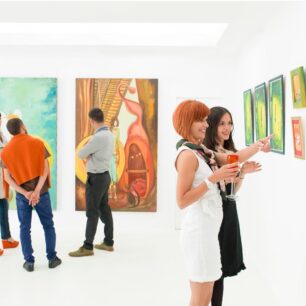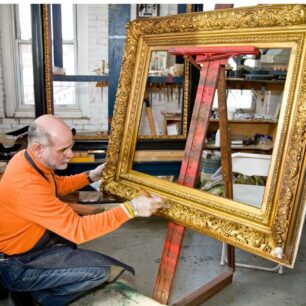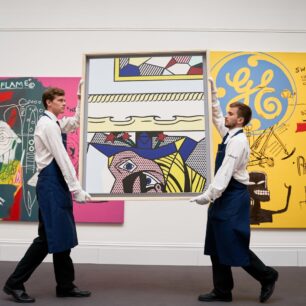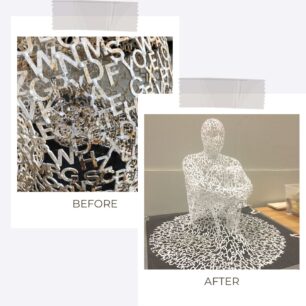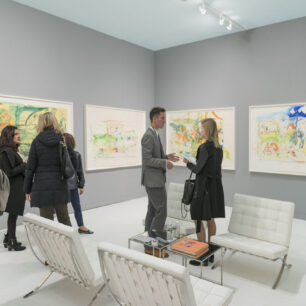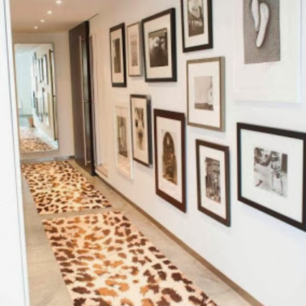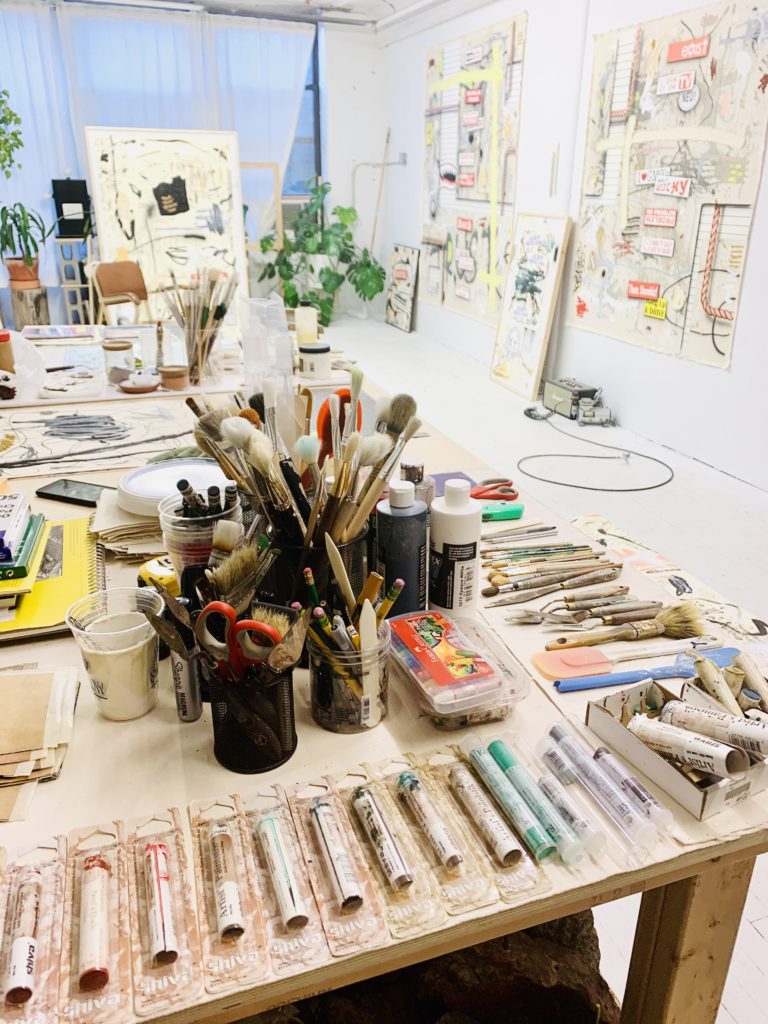
Every wonder what forces are at play in determining the future of an artist’s market?
According to Deloitte’s Art and Finance Report, 72% of private banks and family offices said they offered art-related services last year, up from 64% in 2017. Although only 2% of collectors surveyed said they bought art purely for investment, 65% said they make purchases as collectors and investors. In other words, they buy with their heart and their head. Many not only crave a personal connection to their art but they want to know it is a sound investment, even if price is not the main driver in their decision-making process (not to be confused with those buying art solely for ROI). This begs the question that many of my own clients have asked—what exactly influences the monetary value of art and drives artists’ markets?
It’s not uncommon for buyers to be at least curious about an artist’s market especially if they own works by that artist and are paying for insurance and other maintenance fees. Although there is no consensus on what exactly causes an artist’s market to rise or fall and nor do I wish to speculate on that, I believe most art experts can agree on the following three major factors of influence:
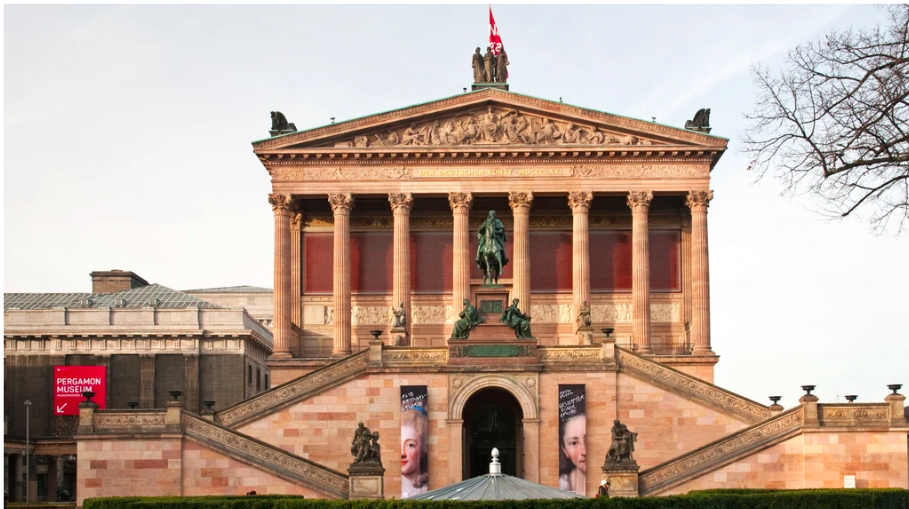
1. INSTITUTIONAL SUPPORT
Blockbuster museum shows and art galleries (think Yayoi Kusama) are gaining momentum, for better or worse. Super-galleries like Pace, David Zwirner and Gagosian are expanding globally and producing museum-quality shows that are on par with the MoMA, The Whitney Museum of American Art and even The Metropolitan Museum of Art. Museums which are arguably at the top of the art world food chain, continue to be the ultimate validation for any artist who can nab an enviable spot in their permanent collection. To that end, mega collectors such as Amanda and Glenn Fuhrman, Michael and Susan Hort, and Don and Mera Rubell, can also have significant impact as their collection status tends to add value, or at least sustain the market for that artist.
In short, gallery representation, inclusion in museum exhibitions and/or permanent collections, and generally any high level critical attention, particularLy from institutions and their respective curators, can help enforce or affirm an artist’s reputation and/or career.
2. ART MARKET PRESENCE
Gone are the days of the artist rebel who works in solitude raging against the art machine. Subverting the gallery system and shunning any kind of commercial activity by severing all ties to the market will likely have an adverse impact on an artist’s market. Conversely, if an artist’s work who has embraced by the market and has one or more galleries and/or non-profits actively supporting his or her work locally and internationally, that market may gain momentum. Some can help artists get press and critical reviews as well as show them at art fairs, a major fixture in today’s art market. They can also help artists land respected residencies, grants or competitive placements in large-scale exhibitions such the Whitney Biennial or Venice Biennale. Some dealers are even seen as “market makers” where they control supply and demand and effectively manage where the market is going. That said, many artists markets have been able to grow and thrive independently of the so called establishment.
The art fair circuit alone can have a tremendous impact on an artist’s market. With tens of thousands of visitors walking through the fairs and galleries spending upwards of $100,000 for participation, artist’s can receive unparalleled exposure and recognition in one weekend. Art Basel Miami received 83,000 visitors in 2018 across a five day period including influential collectors, curators, trustees, gallery directors and patrons from over 200 leading international museums and cultural institutions. According to UBS Art Market Report, ten years ago there were fewer than 60 art fairs around the world. Today, there are over 300—an astounding proliferation and indicator of not just the rise of the art market but the importance of experiencing art first hand.
Lastly, auction houses and their archives of past sales results provide a basis, albeit limited, for gauging different artist markets. Although not immune to popular trends and errors, prior sales history gives context for understanding the market supply and demand for a specific artist or art object. However, only half the story is provided as private sales are not recorded.
Generally speaking, being connected to and having a presence within the art market whether via a gallery, dealer or auction house as well as having a history of sales activity can validate or even predict value for a particular artist.
3. ONLINE TRACTION
In 2018, 74% of online buyers bought more than one artwork online in the last twelve months, according to Hiscox’s Online Report. Furthermore, millennials (23% percent to be exact) are buying art online BEFORE they even visit a physical gallery, art fair or auction house. These staggering but not surprising statistics also reflect social media’s incredible potential and current impact on the art industry.
Instagram, the art world’s platform of choice, supports direct-to-consumer relationships between collectors and artists allowing transactions to be made directly on the app effectively removing friction from the buying process not to mention the intimidation of visiting an art gallery.
In response, galleries like Hauser and Wirth and White Cube have been quick to jump on board and are using social media and other technologies to expand their presence and increase exposure for their artists. Both have witnessed a growth of art transactions originating online even among their more traditional “offline buyers”.
With the incredible amount of data being stored, analyzed and utilized by Instagram, Facebook and other online platforms, it is increasingly easier to follow artists and measure traction levels for relevant followers on a quantitative basis.
One such company that specializes in aggregating data to measure the cultural acclaim of artists is Wondeur, a data research firm. Their site states that their AI “quantifies artist’s growth, tracks evolution of value, and measures the past and future influence of museums and galleries, globally.” As data mining and AI continue to advance it’s only a matter of time before we (with the help of AI) will be able to predict who the next Warhol, Basquiat or Banksy will be. The question is do we want to?
Questions? Comments? Email heidi@hlkartgroup.com



